How to Teach Songs on the Xylophone – Make Your School Performance Impressive and Impactful
Teaching songs on the xylophone is one of my favorite music classes. Here’s why:
- It doesn’t take a lot of time to lesson plan or prep.
- Students love playing songs on the xylophone, especially when challenged!
- Songs on the xylophone are great to add to your next school performance.
Plan and Prep for Songs on the xylophone
The longest part of lesson planning is choosing the song you want to teach. Once that is decided you can easily break it into lesson plans that take up little to no time to prepare. I always start with the bass xylophone part and then layer in the alto part. Check out my blog on How to Begin – Make Teaching Ensemble Songs on the Xylophone Easy (click here).
Learn All Parts
To review all students can learn all parts. This is a great way to grab assessments for assigning the part students will be playing. To play the bass part, Look for students who can keep a steady tempo and lead the group. This is also a great opportunity to build rapport with students by encouraging their leadership qualities.
Once the alto part is learned, split the group into half and trade off parts. Half of the class plays the bass part and then layers in the other half on the alto part, then switch. Once you have all your students able to play both the bass and xylophone parts they are ready to move on.
Soprano or Melody
The soprano xylophone part often has the most syncopation and mallet movement. It can be perceived as the melody of the song even if it isn’t a melody line you would sing to. This is also a great place to incorporate playing in intervals such as 3rds and 4ths.
Ear Training
If the soprano part is written in intervals, start with one note. I often will choose the higher note of the interval. Once again find small chucks or parts to teach. For ear training and assessment play just a small section but do not tell the students the notes, and then let them go to work trying to figure it out. Sometimes I will tell them the starting pitch if they need a hint. It is great fun discovering who can play it without much help. I find these are usually your students who take private piano lessons.

Melodic Sequence
Look for melodic sequence patterns. The soprano part is usually a part that moves in likewise motion up or down. Use this as a teachable moment to show how composers often use sequences to extend the melody.
Music Intervals
If your music includes intervals for the soprano part, add that part next showing students how intervals are measured in music. If students are sharing a xylophone you may find it works best to invert the interval, or split the interval up between the 2 students.
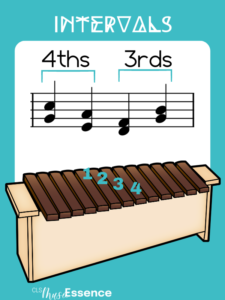
Creating the form for songs on the xylophone
So you have 3 parts to a song now what?
Once all parts have been taught and you have assigned or let students choose parts the fun of creating the form of a song begins. Here is what to consider for the form:
- Build texture
- Create excitement
- Add breaks or pauses
- Isolate parts
- Dramatic end
To build texture and create excitement start the song by layering entrances. Starting with a simple Bass pattern and adding to the complex sound with the alto middle part and then the soprano part just as I have outlined teaching the song. The soprano section can also be layered from melodic to harmonic intervals. Layering can happen in parts or depending on your class size even individual students one by one.
Repetition – Breaks – Isolations
To solidify the texture let each section repeat several times before showcasing the full sound. Once all parts are playing, experiment with adding dynamics and tempo differences. Or dramatic pauses by cutting everyone off together to create a brief sound of silence and bring all parts back in together. You can also cut off two parts and solo one section. If the bass xylophone started the song then showcase the alto or sopranos alone. Or use two sections for a duet even allowing just two players to play a duet each playing their own part.
Improvisation
As you are rehearsing and learning the song encourage students to experiment with improvisation changing the rhythm and adding passing and neighboring tones. If you give students time to just play they will amaze you with what they come up with. Then incorporate their improvisation into the performance.
Ways to End Songs on the Xylophone
Perhaps the most important is coming up with how the song will end. You want to leave the audience with that wow feeling. So the ending must be as tight as the entire song. Here are some options that work great:
- Layer out: Just as instruments entered into the song you can reverse the order and have them layer out. Ending with one instrument or part.
- Use dynamics either soft to loud or loud to soft.
- Create a short rhythm where all end in a unison rhythm pattern or play the rhythm pattern on a chord. If it is a G chord, then the bass plays G, the alto plays B and the soprano plays D.
- End solid on the downbeat.
Whatever end you come up with for your songs on the xylophone be sure it is clean. This takes a lot of practice. There is going to be that one student that purposefully plays one extra note or perhaps it is by mistake. Keep working on the end till everyone can master it. Then leave that silent beat where the music floats into the air just before the audience erupts into mad applause!
If you are looking for a great song for your next performance. I have the perfect one to teach. You can check it out by clicking here. Along with 3-part for the xylophone, you will also get 3-part drumming, double bell, and rattle parts. In the next blog, I will share about adding percussion into your xylophone performances!
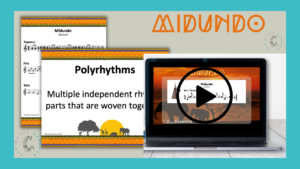



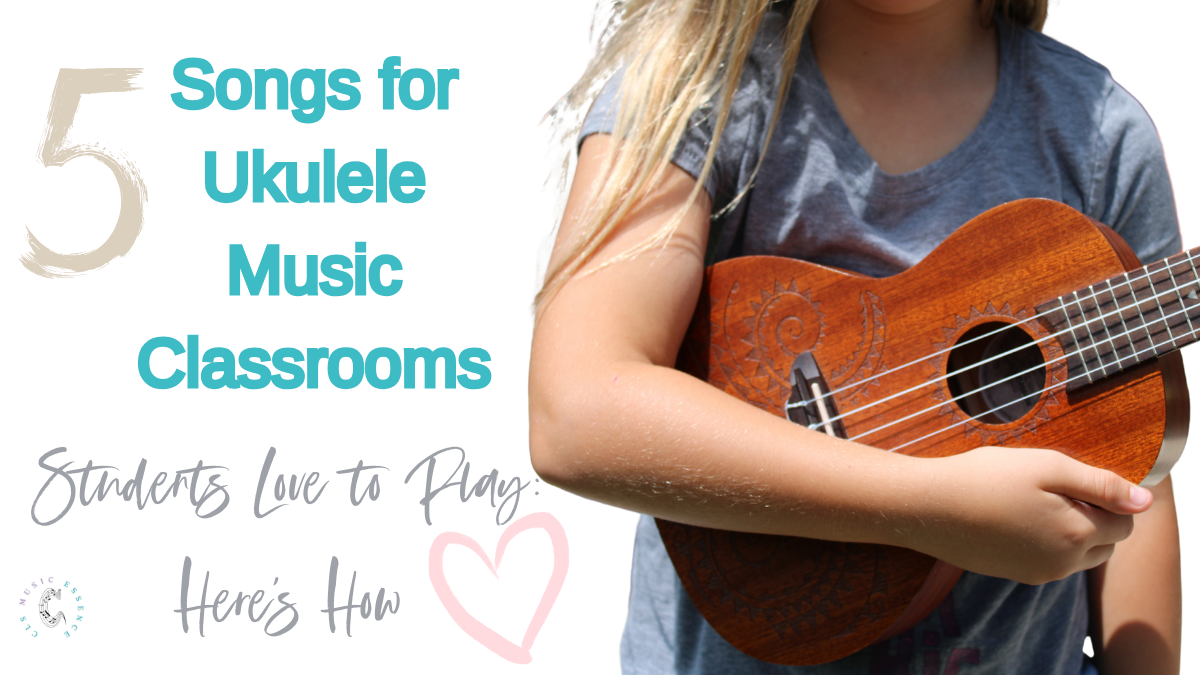
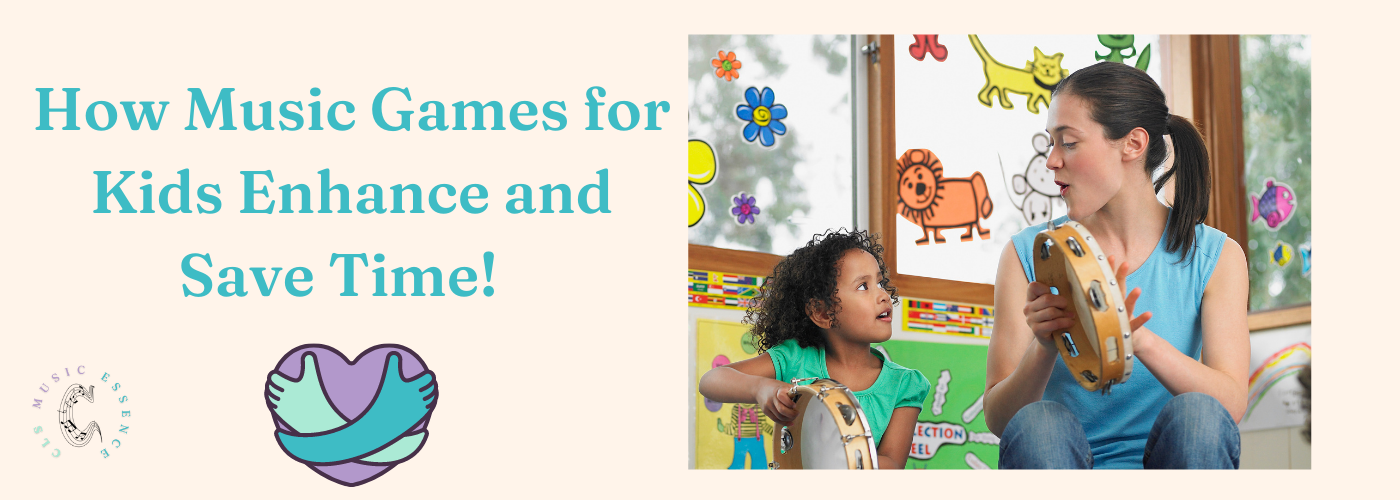


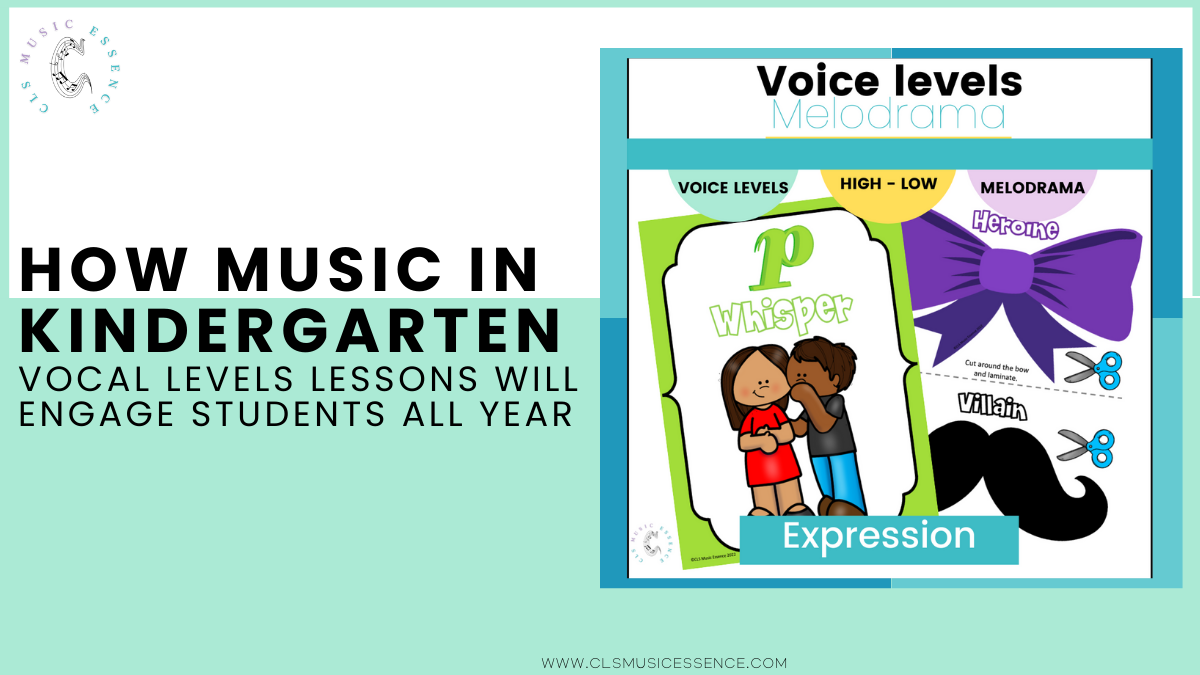
One Comment